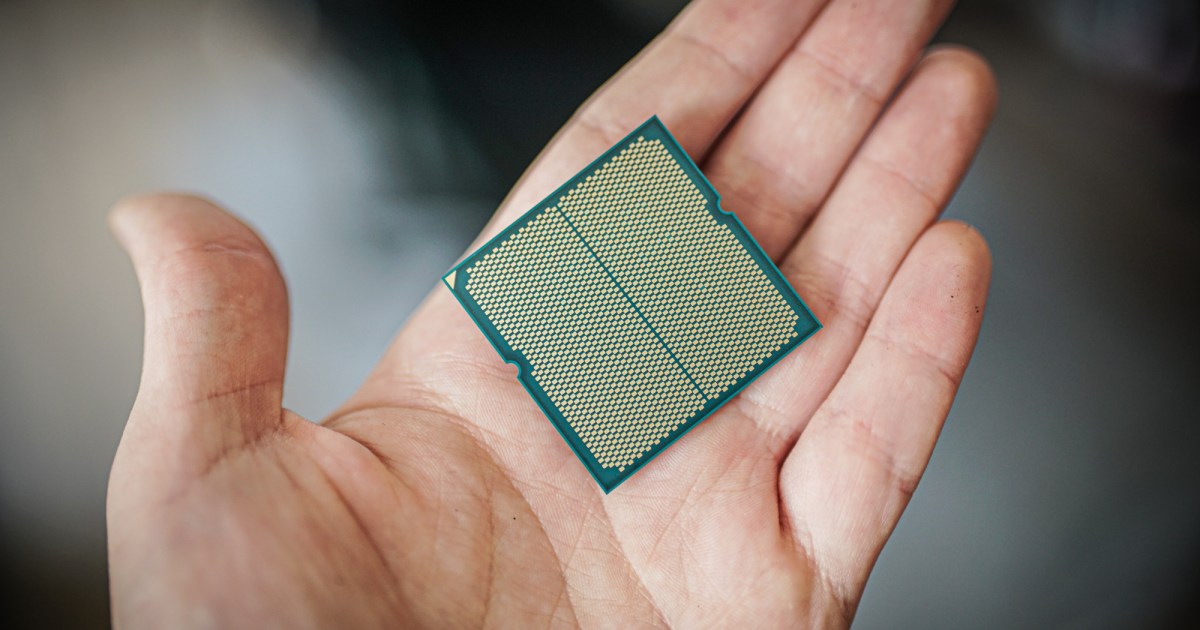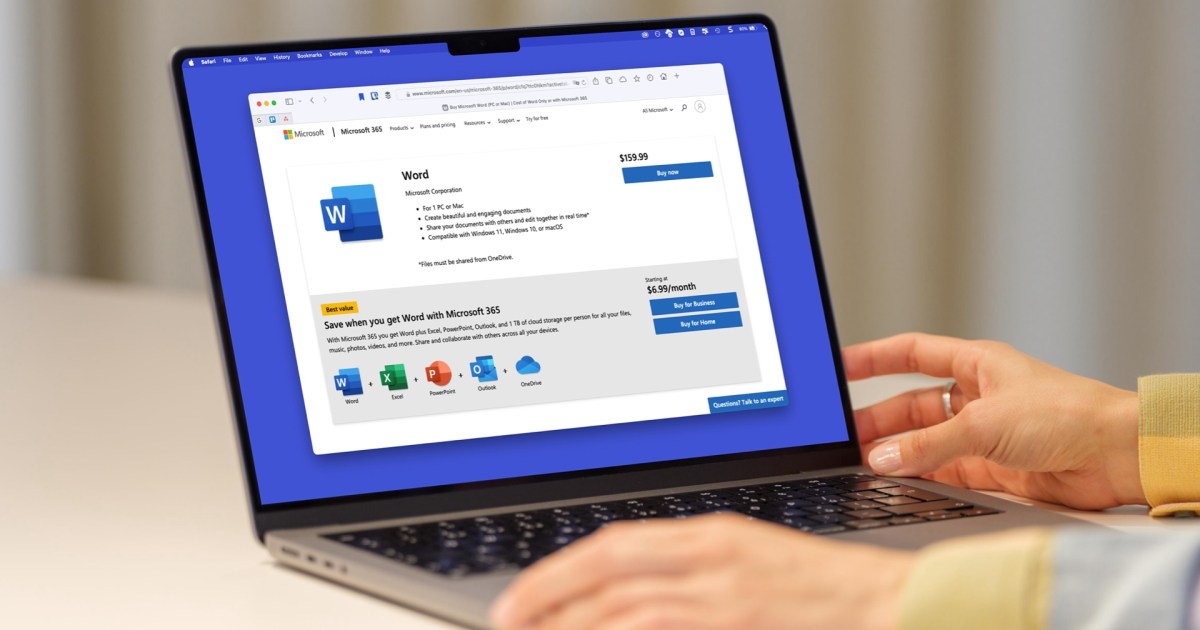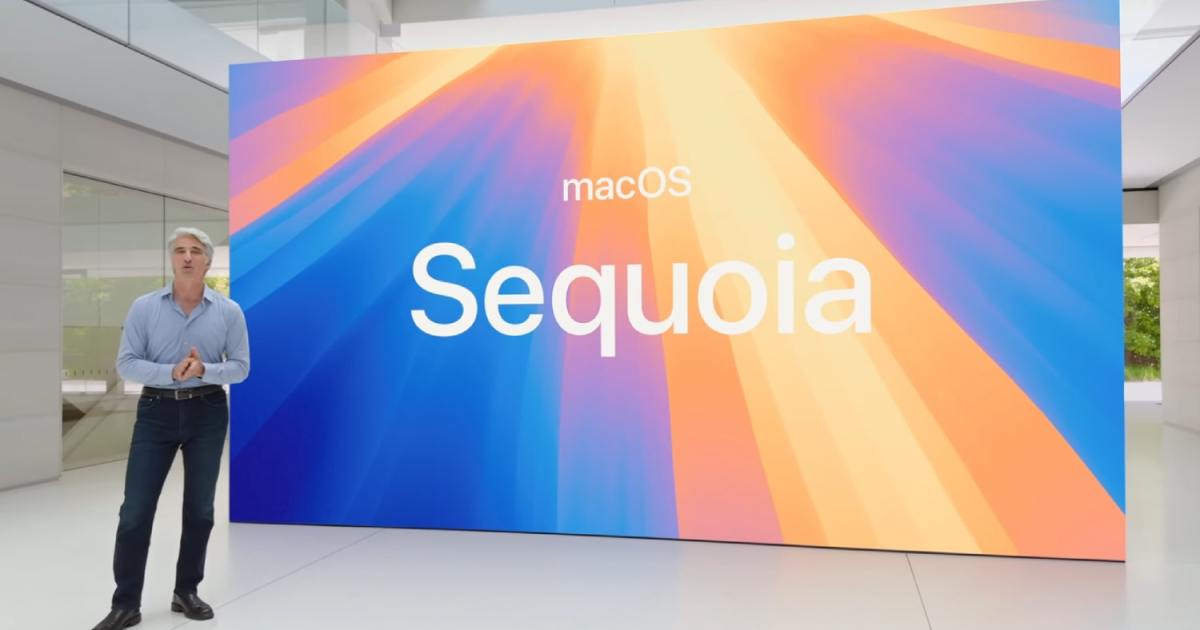The AMD Sinkhole vulnerability has emerged, affecting hundreds of millions of CPUs dating back to 2006. This exploit, initially reported by Wired, impacts a wide range of AMD processors, including Ryzen, Threadripper, Epyc CPUs for desktop and mobile, and even AMD’s data center GPUs. While the vulnerability is serious, only the most recent AMD chips will receive a patch.
Understanding the Sinkhole Vulnerability
The Sinkhole vulnerability, uncovered by researchers at IOActive, allows malicious actors to execute code within System Management Mode (SMM). SMM provides low-level access to hardware, controlling functions like power management firmware. This deep access makes Sinkhole particularly dangerous, with Wired suggesting that discarding an infected computer might be easier than attempting repair.
Who is at Risk?
Despite the severity, Sinkhole isn’t a widespread threat for most users. Exploiting this vulnerability requires pre-existing, deep system compromise, such as a bootkit, which runs malicious code before the operating system loads, bypassing antivirus software. AMD clarifies that attackers would need prior access to the OS kernel to utilize Sinkhole, indicating a highly targeted attack on an already compromised system. Such scenarios are unlikely for average consumers.
Patching and Mitigation
AMD is releasing patches for its more recent processors, including mobile processors from AMD Athlon 3000 onwards and desktop processors from Ryzen 5000 and later. Older CPUs, such as Ryzen 1000, 2000, and 3000 series, along with Threadripper 1000 and 2000, will not receive patches as they fall outside AMD’s support window, according to Tom’s Hardware. This leaves a significant number of users potentially vulnerable, even though these older chips remain in use.
Should You Be Worried?
While the chances of a Sinkhole attack on a typical consumer PC are minimal, patching your system is still recommended. AMD assures users that the update won’t impact performance, and added security is always beneficial. For those targeted by Sinkhole, the consequences are severe. The exploit’s depth allows it to evade even sophisticated antivirus software, and malicious code can persist even after reinstalling the operating system.
Conclusion
The Sinkhole vulnerability highlights the ongoing challenge of hardware security. While the immediate risk to most users is low, it underscores the importance of staying updated with security patches. Although AMD’s decision not to patch older CPUs is understandable given their support lifecycle, it leaves a segment of users vulnerable to potential exploits. Prioritizing robust security practices and maintaining updated systems remains crucial in mitigating risks like Sinkhole.











